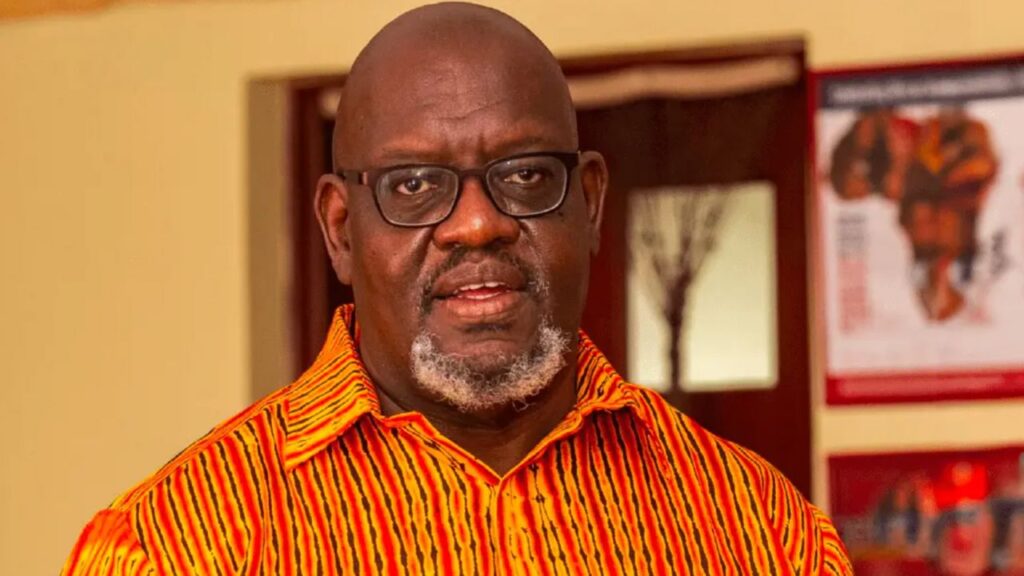The evergreen town of Kakamega is a picture of the hustle and bustle typical of any Kenyan town, with many hundreds of folks going about their daily business. But as you leave the town behind, the environment changes, a lush countryside of cultivated fields and densely planted trees giving no hint of the gold mining taking place in the nearby locality of Ikolomani.
Across the country, 432 miles to the southeast of Kakamega is the beautiful transit town of Voi, the largest town in Taita Taveta County which lies at the foothills of the Sagalla massif. But the much smaller town of Mwatate is the county capital, and the source of gemstones that Kenyans from other parts of the country know little about. Mwatate has rubies, red garnet, emeralds, moonstones, tsavorite, okenorite, and many more.
Small-scale artisanal gold and gemstone mining has been going on for decades in both Kakamega and Taita Taveta counties, undertaken mainly by local artisanal miners and by a few non-locals and foreign nationals.
The Mining Act 2016 recognises three levels of mining rights: artisanal mining permits, small-scale mining permits and large-scale mining licences. The small-scale permits and large-scale mining licences are issued at the national level through the Kenya Mineral Rights Board (MRB), while the artisanal mining permits are issued through the county artisanal mining committees. The Mineral Rights Board and the county Artisanal Mining Committees are administratively governed by the State Department of Mining under the Ministry of Petroleum and Mining. The Director of Mines and his representatives in the various counties are in charge of overseeing the implementation of the ministry’s policy frameworks. The Ministry of Petroleum and Mining has key mining regulations in place to govern this process.
But even though the Mineral Rights Board is in place, the process of setting up the county Artisanal Mining Committees (AMCs) has been long drawn out and there seems to be no hurry to implement the mining regulations that were commissioned in 2017. Kakamega County’s AMC was gazetted on 27 March 2020 and the team commissioned on 20 July 2020. However, the AMC has yet to begin its work as the key governmental mechanisms necessary to run the committee are still pending and so no mining permits have been issued to artisanal miners in Kakamega County since the gazettement.
Artisanal miners in Taita Taveta County are in a different situation altogether. The list of members of the county AMC constituted through their appointing authorities has been forwarded to the Ministry of Petroleum and Mining but the AMC has yet to be gazetted. When contacted on this issue, one of the reasons cited by the ministry officials was that factions within the mining fraternity have disputed the list of people proposed to be part of the AMC.
Applications for small-scale mining permits are submitted to the Mineral Rights Board through the Mining Cadastre Portal. The platform is meant to bring these services close to the miners but they complain of the slow response from the Ministry of Mining. They must travel to the ministry to submit the paperwork even after uploading it onto the portal. Access to a stable internet connection is also a challenge in the remote areas of Taita Taveta and Kakamega while some of the small-scale miners lack the capacity to use the online system. Most have to travel to the Ministry’s offices for assistance or else hire someone with the skills to undertake the work for them, rendering the application process both tedious and time-consuming.
The ministry has not undertaken any capacity building and shows a lack of commitment to make the system more efficient and user-friendly. The biggest hindrance, however, is the low budgetary allocation made to the Ministry of Mining, which leaves the staff with limited options in their efforts to serve small-scale miners.
The stated goal of the Mining Cadastre Portal is “to provide an electronic platform for all stakeholders in the mining sector in Kenya to engage directly with the Ministry of Mining.” Existing mineral rights holders (those with mining permits and licenses for mining) or those with pending applications can download, complete and upload the requisite documents. Prospective mineral rights holders can also submit their particulars and other supporting documents through the portal.
The portal is also a one-stop shop for information on mining activities in Kenya. It has a cadastre map of the key areas with mineral resources, as well as details of licence holders, and on-going applications; a click on any part of the map automatically displays the existing information about that specific geographical location.
For artisanal and small-scale miners (ASMs) in Kakamega and Taita Taveta, the portal has had a significant impact on access to public information on mining in Kenya. But the portal also has its limitations. Mining is a highly skilled sector that requires high levels of expert knowledge. Some of the requirements on the portal are beyond the scope of knowledge of most gold and gemstone miners in Kakamega and Taita Taveta. For instance, the portal requires a miner to take the coordinates of the area for which they are applying for a permit. This requires equipment that is typically used by geologists and land surveyors and that is expensive to hire or purchase. A sketch of the area or locality where the miner intends to undertake extraction is another requirement, a very sophisticated process that miners in general cannot undertake on their own.
Lack of knowledge and expertise coupled with lack of access to the internet, or even computers, therefore leaves the small-scale gold and gemstone miners unable to fully exploit the portal.
Aside from these limitations, however, the Kenya Mining Cadastre Portal has been a game changer when it comes to eliminating brokers from the mining sector and it has proven to be a more efficient system than the manual issuing of permits and licences
For instance, unlike the manual system that had no clear guidelines regarding payments, all fees due to the ministry are clearly indicated on the portal and paid directly to the ministry through a cashless system. Moreover, as the portal has centralised all the country’s mining information, cases of loss or manipulation of files or documents have reduced significantly.
The gold and gemstones that are mined in Kakamega and Taita Taveta are exported out of the country with or without any value addition under the provisions of the Mining Act of 2016 which require an export permit from the Cabinet Secretary the application for which is made on the Mining Cadastre Portal.
But while the law on the issuance of mineral export permits is sufficiently detailed, its implementation is the biggest challenge and I have no doubt at all that gold and gemstones are imported into and exported out of Kenya without any form of declaration. There are many routes along the porous Kenyan boarders through which the minerals can slip in or out of the country.
For instance, most of the gold that is mined in Kakamega is taken to Uganda by road undeclared. How can this be remedied, especially for gold and gemstone miners who want to run a clean business? Also, the process of implementing the gold refinery centre in Kakamega and the gemstone value addition centre in Voi remains pending. If the sector is streamlined, then the issue of traceability of gold and gemstones will be resolved and the mineral export licence will be of value to the artisanal and small-scale miners in the sector.
–
The article is done with support from Diakonia Kenya Country Office under the Madini Yetu Wajibu Wetu (Our Minerals, Our Responsibility) Project. Views expressed in the article are those of the author.








